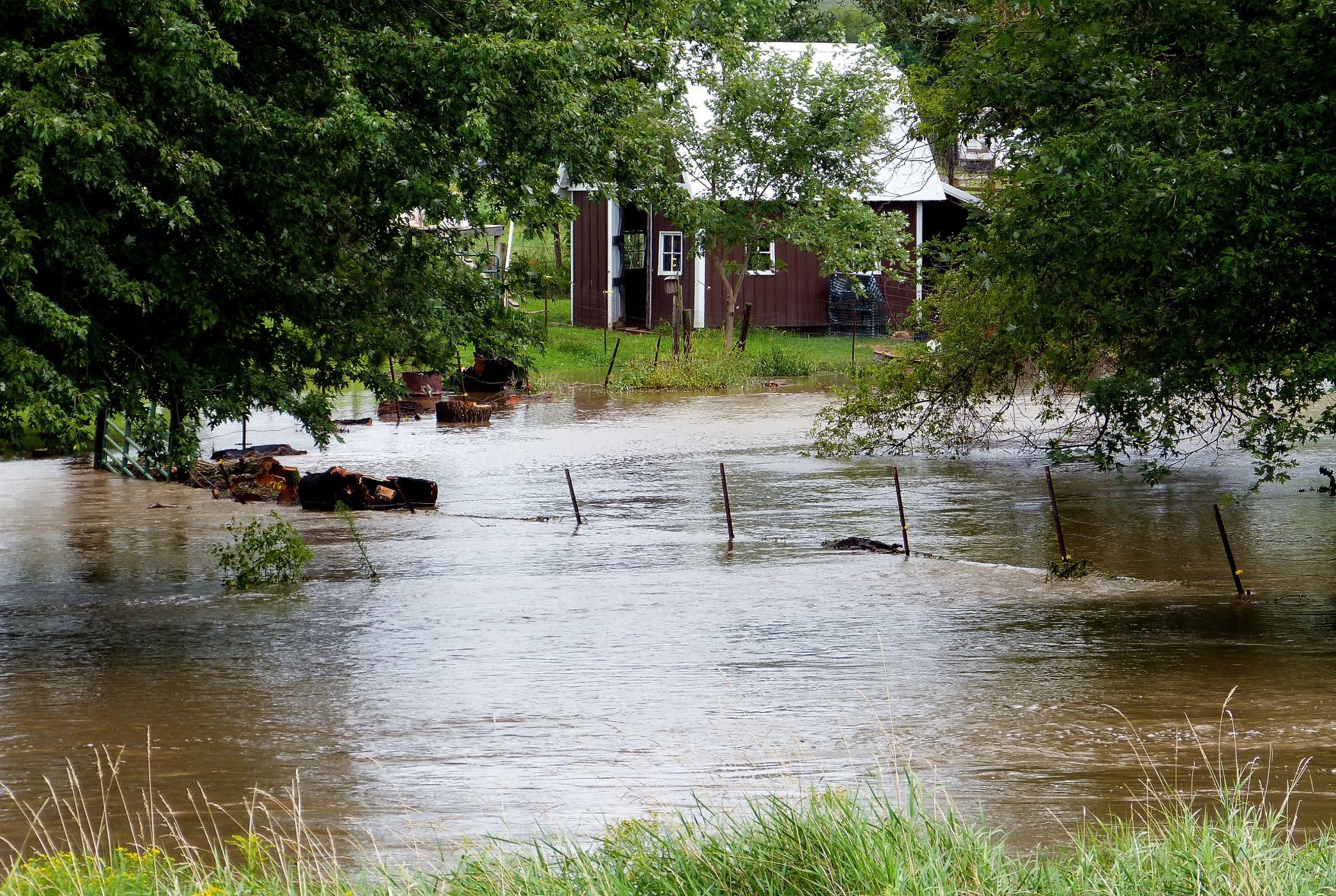

… It always seems to be the same homes and areas that are affected. Hillsborough Township Mayor Shawn Lipani expressed the frustration felt by many mayors when he told CNN, “This has been going on for years. New Jersey also has about 1,400 “Severe Repetitive Loss” properties which have four or more flood insurance claims totaling more than $20,000 or have had at least two claims totaling the fair market value of the building. Eminent domain, he says, should be used to prevent rebuilding in those areas.įederal Emergency Management Agency records show the state has 14,655 “Repetitive Loss” properties - those that have had at least two paid flood losses of more than $1,000 in any 10-year period since 1978. He does not endorse evicting people from their homes but says there should be a mandatory buyout for homes that experience chronic flooding and rebuilding.

Tittel believes eminent domain is a tool New Jersey must use, though sparingly. Lewis) Though she said she loves her home in Manville and doesn’t want to leave, 18-year resident Maite Martinez said her daughter told her that, after Ida, it might be time to move. Those numbers jump to 3.4 million existing homes worth $1.75 trillion by 2100.Ĭredit: (Andrew S. Over the same period, the group estimates about 134,000 homes will be vulnerable to bigger floods that are expected to occur once every 10 years.Īnd if greenhouse gas emissions go unchecked, more than 800,000 existing homes worth $451 billion will be at risk in a 10-year flood by 2050, the analysis shows. … None built more than Ocean City, New Jersey, a popular resort town in Cape May County, which put up some 500 new houses in the risk zone.”Ĭlimate Central estimates that by 2050, 196,264 homes in New Jersey will be exposed to the kind of flood that typically occurs once a year, assuming moderate cuts in global carbon emissions.

Around 4,500 new homes, worth some $4.6 billion, were added in the flood-risk zone after that year - most likely driven by reconstruction following Hurricane Sandy. From 2010 through 2016, “the housing growth rate was nearly three times higher in the coastal flood-risk zone than in safer areas. “Take the state of New Jersey,” the report reads. The state’s Climate Change Resilience Strategy, released earlier this year, floated several strategic policy suggestions. Not only are air and water surface temperatures increasing, the ocean rising and extreme weather events becoming dramatically more frequent and severe, but New Jersey’s land mass is also sinking. It is no secret that when it comes to flooding, New Jersey has a serious problem, arguably the worst in the nation. LaTourette, commissioner of New Jersey’s Department of Environmental Protection, called the storm’s impact on New Jersey “a new reality.” David Rosenblatt, the state’s chief climate and flood resiliency officer, conceded we were, and are “unprepared.” But Ida’s rainfall came with volume and pace like never before, leaving at least 29 people dead and countless millions of property damage in its wake - including in numerous places that had never experienced serious flooding before. Before Ida’s historic and catastrophic deluge earlier this month, the state’s climate resilience strategy was focused primarily on the impact of rising sea level at shore communities.


 0 kommentar(er)
0 kommentar(er)
